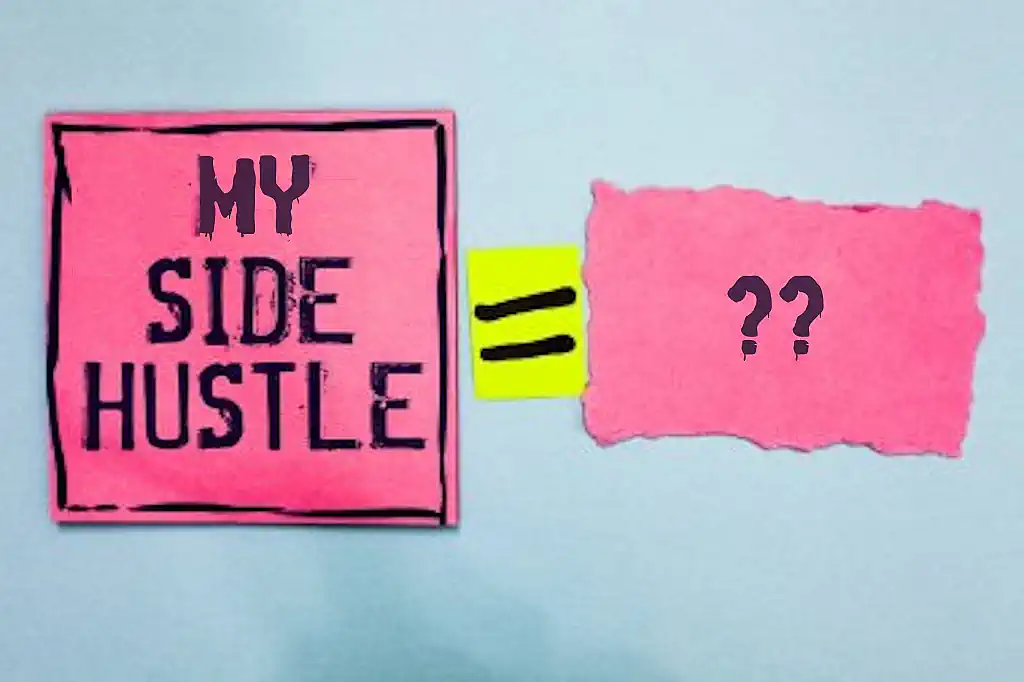Look, I know how it goes. You’re scrolling through social media, and suddenly everyone seems to have a thriving side business. One friend is designing websites from her couch, another is teaching Korean to kids over Zoom, and your college roommate apparently makes six figures selling digital planners. It’s enough to make you wonder if you’re missing out on something obvious.
Here’s the thing about side hustles, though: what works beautifully for your website-designing friend might be absolutely wrong for you. Maybe you’re terrible with deadlines, or perhaps you’re actually a morning person trapped in a night owl’s schedule. The trick isn’t finding the “perfect” side hustle (spoiler: there isn’t one), but rather finding the one that fits into your life like that pair of jeans you refuse to donate despite what Marie Kondo might say.
Let me walk you through a framework I’ve seen work for people who are actually happy with their side hustles – not just the ones who post about it on LinkedIn.
Step 1: Map Your Resources (Or: What You Actually Have to Work With)
First, let’s be honest about your time. Not your imaginary “if I were a better person who never watched Netflix” time, but your real time. Grab your phone and look at your screen time report if you want a reality check. Now, when do you actually feel alert and creative? If you’re the type who can write a dissertation at midnight, great. If you’re sharp at 5 AM, also great. But let’s not pretend you’ll run a busy Etsy shop during hours when you’re usually in a post-lunch coma.
Then there are your skills – and I mean all of them. Sure, list the obvious ones from your resumé, but don’t forget about that summer you spent managing your cousin’s wedding and somehow kept everyone happy. Or how you can spot a good vintage jacket from across a crowded thrift store. These seemingly random abilities often make the difference between a side hustle that works and one that makes you want to fake your own death to escape it.
Step 2: Define Your Constraints (Or: Why You’ll Quit If You Ignore These)
Money talks, so let’s listen. How much do you need this side hustle to make? Be specific. “Some extra cash” is not a number. Are we talking “nice dinner out once a month” money or “pay off my student loans by next year” money? This matters because it determines whether you can start slowly or need to hit the ground sprinting.
Also, let’s talk about your energy budget. If your day job involves managing other people’s emotions all day, you might not want a side hustle that requires more emotional labor. If you sit at a desk for eight hours, maybe your ideal side gig gets you moving. The goal is to feel energized by your side hustle, not like you need a side hustle from your side hustle to recover.
Step 3: Research Market Opportunities (Or: Making Sure People Will Actually Pay for This)
This is where we get practical. You might make the world’s best hand-knitted cat sweaters, but is there a market for them? More importantly, is there a market willing to pay what you need to charge to make it worth your time?
Look for markets that are growing but not yet saturated. Think about it like finding a good parking spot at a popular restaurant – you want to arrive when it’s busy enough to prove the food is good, but not so packed that you’ll circle for hours.
Step 4: Match Opportunities to Your Profile (Or: The Reality Check)
Now comes the fun part: matching what you can do with what people will pay for. Create a simple scoring system. Give points for things that align with your schedule, skills, and energy levels. Subtract points for deal-breakers like “requires me to wake up at 4 AM” or “need to invest $5,000 in equipment.”
Remember that guy who quit his job to become a full-time dog walker because he “loved dogs”? Six months later, he realized he actually just loved his own dog and hated walking in the rain. Don’t be that guy. Be honest about what you’ll still enjoy doing when it becomes work.
Step 5: Test and Validate (Or: The “Try Before You Buy” Phase)
Before you order business cards or build a website, test your idea in the smallest possible way. If you’re thinking about freelance writing, try one article. Want to be a virtual assistant? Help organize one person’s calendar for a week. Think of it like sampling ice cream flavors before committing to a whole pint.
The goal isn’t just to see if you can do the work – it’s to see if you want to do the work. There’s a difference, and it’s crucial.
Making It Real
Here’s your homework (don’t worry, it’s the fun kind): Take out a piece of paper or open a new note on your phone. Write down three things you’re good at that don’t drain your energy. Now write down when you have free time during the week. Finally, write down how much money would make you feel like this side hustle is worth it.
Look at where these three lists intersect. That’s your sweet spot. That’s where you’ll find not just any side hustle, but your side hustle – the one that fits into your life instead of taking it over.
Remember, the best side hustle isn’t the one making the most noise on Instagram. It’s the one you can sustain while still having time to watch that new show everyone’s talking about, the one that adds to your life instead of complicating it, and yes, the one that puts extra money in your pocket without requiring you to become a different person.
Now go forth and hustle – but do it your way.




